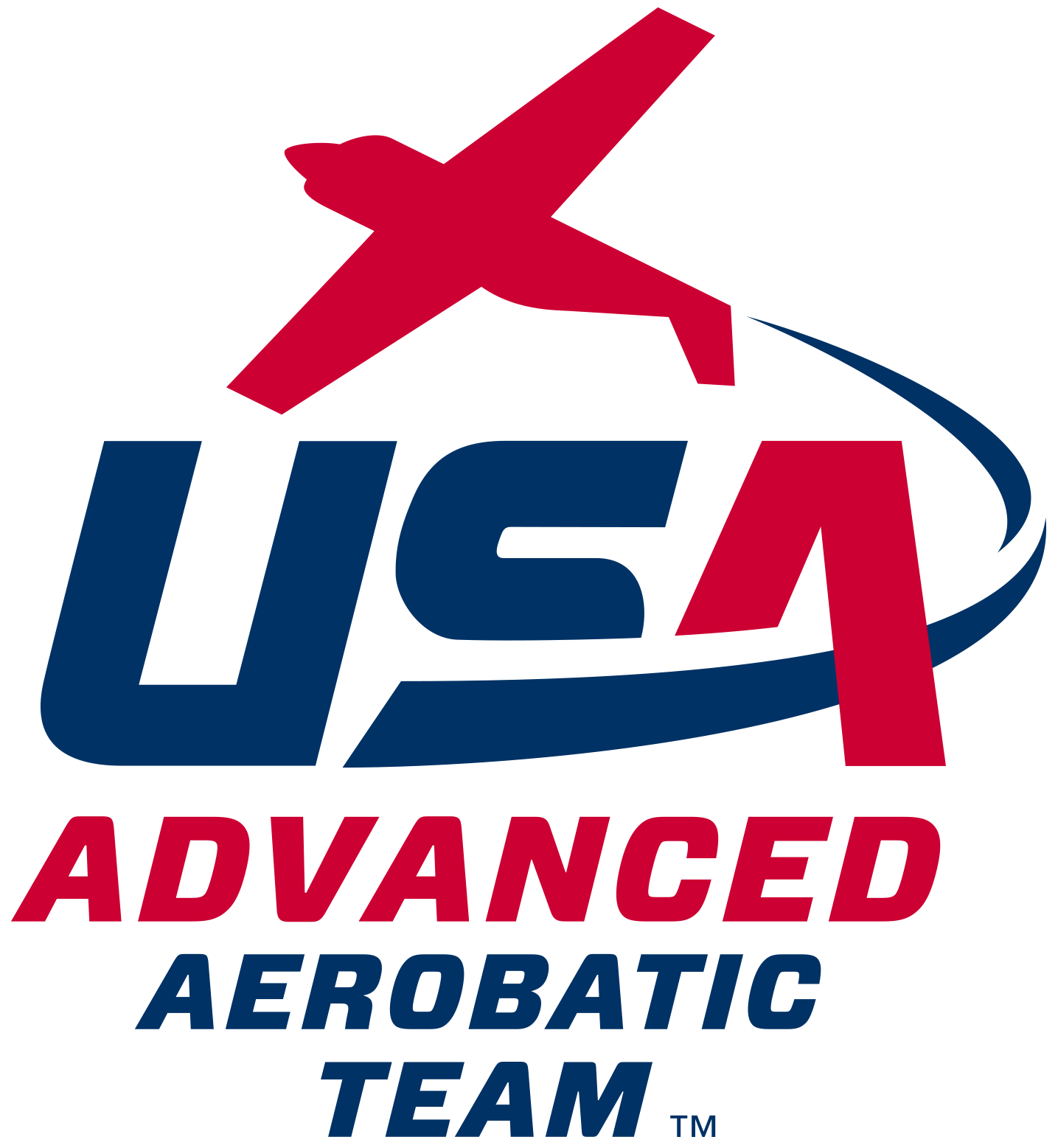
A Tale of Two Pilots - Rivalry and dangerous behavior
By: Tom Myers, IAC 16830
Many years ago, out here in California, we had two aerobatic pilots that did not like each other very much. They rose through the category ranks in parallel, and so were pitted against each other in contests for many years. By the time they both reached unlimited, their animosity towards each other was well known, and not even remotely veiled. By then, their significant others had joined in the battle, so every contest was sure to feature fireworks from the four of them. They rarely disappointed.
The situation reached a breaking point one year at the Paso Robles contest. They were the only two pilots flying the Unlimited Four Minute Free. Both pilots were out to prove something if it was the last thing they did, and it very nearly was. We witnessed some buffoonery that was absolutely ill conceived. Imagine the game of chicken played at the bottom of the box with airplanes.
After the two of them had flown, the judges got together. Everyone agreed that what was just witnessed needed to end immediately. Both of their flights were zeroed, and the trophy was not awarded. As CD, it was my job to deliver the news.
Before the banquet, I had a long talk with each of the two pilots individually. In no uncertain terms, I explained to each of them what they had done, what we had done, and what was inevitably going to happen to them if they continued to do what they were doing. Predictable, both pilots were angry and stormed off.
A week or two later, I got a phone call from one of the pilots. He had been thinking a lot about what had happened and what I had said. He took a long hard look at his attitude and behavior, agreed that they needed to change, and promised that he would commit himself to that end. I am happy to report that that pilot has stayed true to his word for all these years, and that he is still with us.
I never interacted with the other pilot again. A few months after the contest, I got the phone call. He had gone ahead and made some mods to his aircraft that the manufacturer had advised against. He was so low and was pushing the plane so hard when things went really wrong that he had no opportunity to recover.
Personally, I also learned very important lessons at that contest. I was the Chief Judge of the Unlimited category. I was the one that let the buffoonery continue for eight minutes instead of putting a halt to it immediately. I was the one that did not council them before their flights instead of after. I have a very different perspective now.
Over the subsequent years, I have found that having quiet talks with pilots long before behavior and attitude has degraded to the level described above is usually enough to assure that the recall button on my radio does not need to be utilized. The more successful the talk, the less likely I have to use the recall button. Everybody wins.
I am not shy about approaching pilots to have these talks. The talks are about how we are looking out for each other, and how it is really in their own best interests both personally and competitively to have some margin. I speak from personal experience, both in the sky and from the ground, about the amount of altitude that gets chewed up when things really go wrong, and how quickly things can really go wrong.
Therein lies the fundamental problem. Pilots can be within the rules when it comes to altitude, but outside of prudent when it comes to what they are doing at that altitude. The rulebook is very specific when it comes to altitude. Not so much otherwise. The rulebook would be the rule tome if we tried to quantify all of the possibilities.
That’s why each of us knowing the margin needed for our own recovery and factoring that into the decision making process is so essential to safety. The decision making process begins with attitude. Behavior follows from attitude. Attitude can be changed.
Fly safe.

